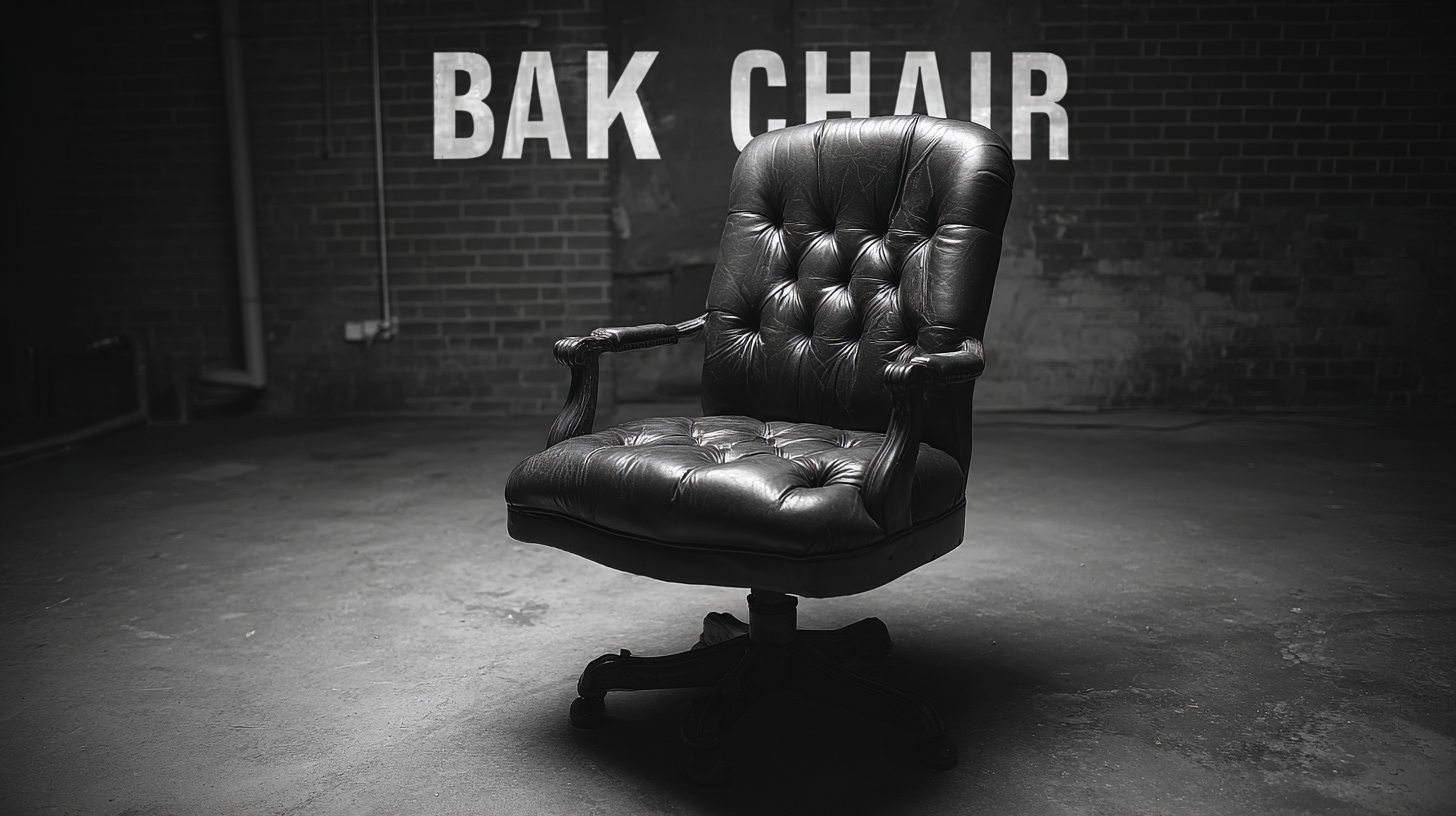Unveiling the Best Back Chair with Comprehensive Specifications and Usage Tips for Optimal Comfort
In today's fast-paced world, the importance of selecting the right back chair for both home and office environments cannot be overstated. According to a recent report by the American Chiropractic Association, approximately 80% of people experience back pain at some point in their lives, with poor seating habits being a significant contributing factor. As more individuals seek solutions to enhance their comfort and productivity, the demand for ergonomic back chairs has surged. These specially designed chairs not only provide essential lumbar support but also promote better posture, ultimately contributing to overall well-being.

In this comprehensive guide, we will unveil the best back chairs available, offering detailed specifications and usage tips to ensure optimal comfort and health benefits for all users.
Understanding Import and Export Certification in the Chair Industry
In today's global chair industry, understanding import and export certification is crucial for both manufacturers and consumers. Reports indicate that approximately 35% of exported furniture, including chairs, must comply with specific international standards to ensure safety and quality. This is especially important in regions like the European Union and North America, where regulations are stringent. Manufacturers need to familiarize themselves with certifications such as ANSI/BIFMA for commercial seating and ISO 9001 for quality management systems, as these can impact their market access.
To ensure optimal comfort while choosing a chair, consider the following tips: First, always check for relevant certifications that guarantee the product meets industry standards. This not only assures safety but also reflects on the durability and comfort of the chair. Second, understand the materials used in the chair's construction. High-quality materials often indicate better performance and longevity, which are critical for daily use. Lastly, don’t forget to assess the ergonomics of the chair; a well-designed chair can significantly reduce strain during prolonged periods of use.
With the proper certifications and awareness, you can make informed decisions that lead to greater comfort and satisfaction in your chair selection.
Essential Specifications for Selecting the Best Back Chair
When selecting the best back chair, several essential specifications should be considered to ensure optimal comfort. First, pay attention to the chair’s ergonomic design, which promotes natural spinal alignment and reduces the risk of discomfort during extended use. Look for adjustable features such as seat height, armrests, and lumbar support that can be tailored to fit your specific body shape and sitting habits.

Additionally, materials matter significantly. Chairs made from breatheable fabrics allow for better air circulation, keeping you cool and comfortable throughout the day. Foam or gel padding can also enhance comfort, providing the necessary support without sacrificing softness.
Tips for choosing the right chair include trying before buying—spend a few minutes sitting in the chair to assess comfort level. Consider your typical usage scenarios; if you work long hours at a desk, prioritizing support and adjustability is vital. Finally, do not overlook the chair’s aesthetics; a visually appealing chair can enhance your workspace while also promoting comfort and productivity.
Key Comfort Features to Look for in Ergonomic Chairs
When searching for the perfect ergonomic chair, it’s essential to focus on key comfort features that can significantly enhance your sitting experience. A report by the Occupational Safety and Health Administration (OSHA) indicates that improper seating can lead to musculoskeletal disorders, affecting nearly 50% of the workplace population. This underscores the importance of investing in a chair that offers proper lumbar support, allowing for natural spine alignment and minimizing strain during long hours of sitting.
Another critical aspect to consider is adjustability. According to a study published in the Journal of Ergonomics, chairs with adjustable seat height, backrest angle, and armrest height can reduce pressure on the vertebral discs by up to 30%. This customization not only promotes comfort but also accommodates a variety of body types and preferences. Additionally, materials play a crucial role in comfort; breathable fabrics that reduce heat buildup can increase productivity, as employees are less distracted by discomfort. By focusing on these key features, you can ensure that your ergonomic chair meets your needs for optimal comfort and health.
Usage Tips for Maximizing Comfort with Your Chair
When it comes to enhancing comfort while seated, understanding how to properly adjust your back chair is crucial. Begin by ensuring that the chair height aligns with your desk or working surface. Your feet should rest flat on the ground, with your knees at a 90-degree angle. This positioning not only promotes proper posture but also minimizes pressure on your lower back, reducing fatigue during long sitting sessions.
In addition to height, the lumbar support provided by your chair is essential for optimal comfort. Adjust the lumbar support to fit the natural curve of your spine. If your chair doesn’t offer built-in support, consider adding a lumbar pillow. Other tips include taking regular breaks to stretch and move around, and using a seating cushion if necessary. These small adjustments and practices can transform your sitting experience, making it more enjoyable and supportive, especially during long hours of use.
Optimal Comfort Ratings for Different Back Chairs
Navigating Regulations: Compliance for Chair Manufacturing and Sales
In the chair manufacturing and sales industry, compliance with regulations is paramount to ensure safety and quality. The American National Standards Institute (ANSI) and the International Organization for Standardization (ISO) provide essential guidelines that manufacturers must follow. For instance, reports indicate that approximately 25% of all furniture-related injuries are caused by non-compliant chairs, highlighting the critical need for adherence to these regulations. By adhering to standards such as ANSI/BIFMA X5.1, which evaluates the safety and durability of office chairs, companies can significantly reduce liability risks while promoting consumer trust.

Moreover, sustainability regulations are gaining traction in chair manufacturing. According to a recent study by the Sustainable Furniture Council, over 70% of consumers prefer environmentally friendly products, pushing manufacturers to adopt sustainable practices. Compliance with certifications like the Forest Stewardship Council (FSC) not only satisfies regulatory requirements but also aligns with consumer preferences, ultimately leading to increased market competitiveness. As the industry evolves, staying informed about regulatory changes and integrating compliance into manufacturing processes will be crucial for success.